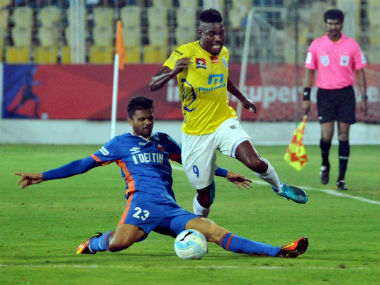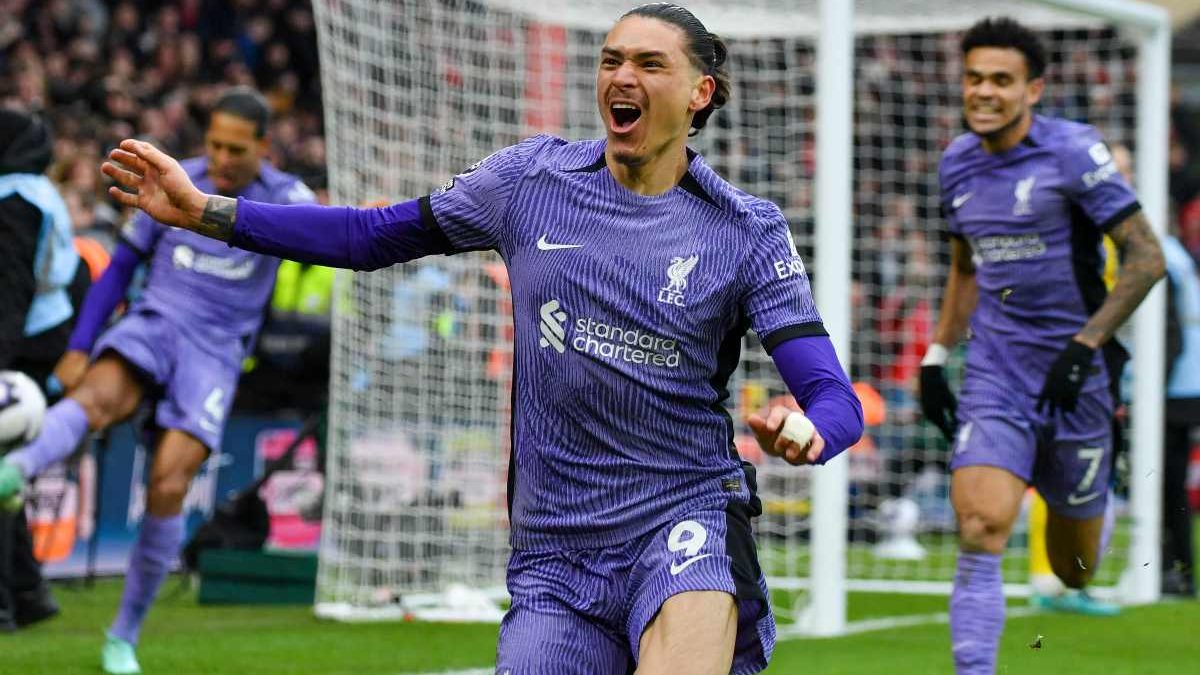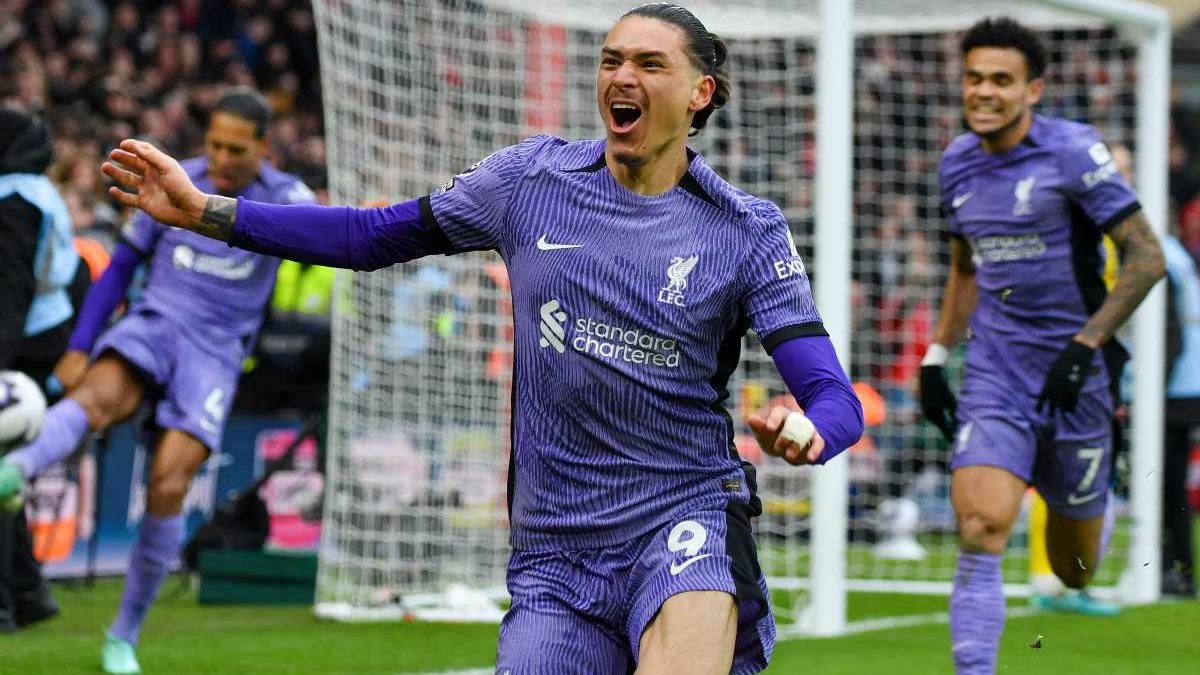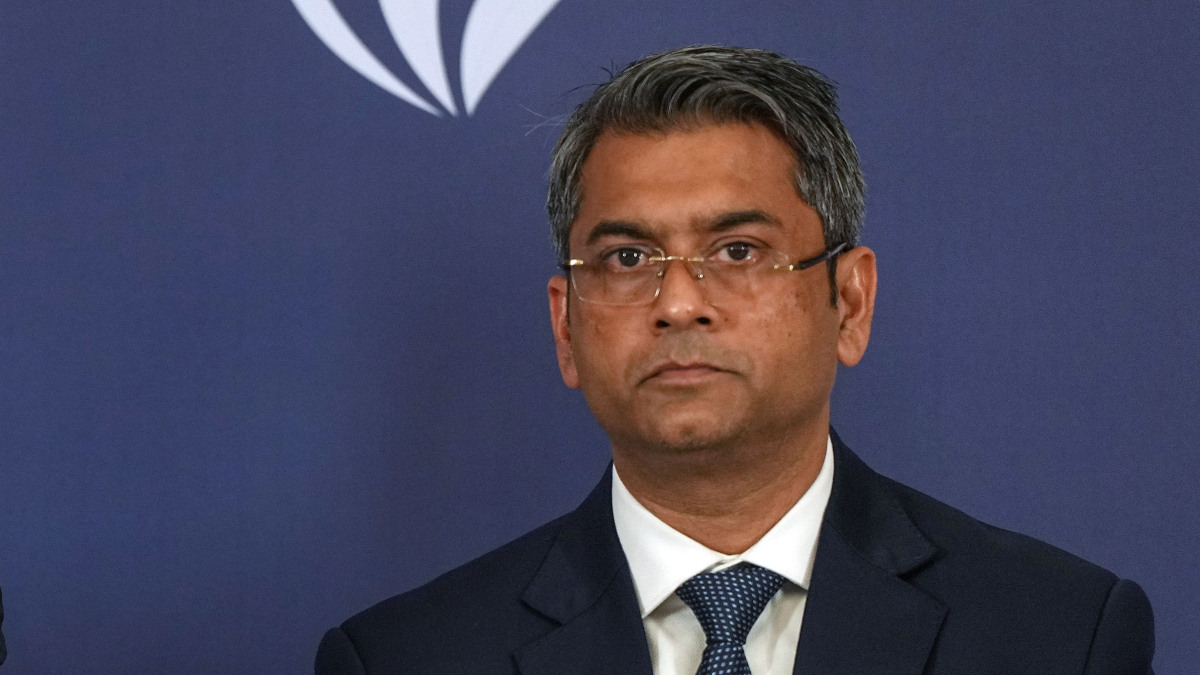Eight years ago, at a coaching conference he hosts in Rio de Janeiro, Carlos Alberto Parreira made a prediction that seemed scarcely believable. Discussing how tactics may evolve, Brazil’s 1994 World Cup winning coach suggested that the formation of the future may be 4-6-0.
Fast forward to today and it has not quite worked out like that. Sure, the four top class strikers upfront model has ended. Most teams play with a single striker now. Some of the better ones, those that keep the ball and dominate the midfield, play a false nine, and hope that the extra man is eager enough to sneak in at the back.
Kerala Blasters follow that style. Mohammed Rafi may be listed as a striker, and often lines up as one, but in essence he is a false nine. A false, false nine if you will. A man who drops too deep and links up play too often to be a real nuisance in the opposition box, but is still perhaps not a refined enough poacher when he is there.
It was an impressive performance by Kerala on Monday against FC Goa. It was a match in which opportunities were made and there was creativity, especially from Mehtab Hossain and Mohammed Rafique. Kerala controlled the ball and had twice the number of attempts on goal as their opponents; but if possession is nine-tenths of the law, the other tenth is what decides the outcome.
And at halftime, Kerala were a goal down. Yet again, they just couldn’t seem to be able to score. Or even hit the target.
To an extent, these problems are reflected in the number of strikers they have used. Kerala have tried every combination upfront now. They’ve tried Antoine German and Duckens Nazon. They have tried Mohammed Rafi and Michael Chopra. Coach Steve Coppell has been talking about the process, but goals have been difficult to come by. Even when they have dominated, it has not been easy to find a goal.
There is something about their playing style that complicates life for a striker. Chances are usually few, and when they come they have to be taken. Rafi was guilty of missing a few not just in the first half on Monday, but also in earlier matches.
But Coppell has persisted with Rafi upfront, impressed by his work rate, his commitment, and the spaces he often opens up for the speedier Kervens Belfort and Rafique to run around. He has persisted perhaps also because there’s no harm of sticking to things that are working.
This is instructive, because Zico clearly didn’t. Goa went ahead through one of their rare forays forward, and seemed solid with their back three. However, Lucio’s introduction after halftime changed all that. The Brazilian replaced Jofre, and instead of settling down to a back four, Kerala had Lucio playing in front of the defence as a ‘shield’.
Putting the blame for Kerala’s equaliser entirely on him is a bit rough considering he had been on the pitch for 20 seconds. But in essence, it was his repositioning that opened up space on the flank for Rafique to collect Mehtab’s pass to fire in the cross for the goal.
Rafi’s had a rough ride till now, and even if he was fortunate for the goal - as his shot seemed to take an initial touch off the defender - his positioning for once was that of the poacher. Fatorda was silenced.
Lucio’s presence also added another twist. It put Keenan Almeida in the strange position of not knowing whether he was playing as the wing-back in a 3-5-2 or the winger in a 4-4-2. It suddenly allowed Kerala to advance much more freely from the left.
One of the natural consequences of the false nine has been the inverted winger, a figure who is now firmly entrenched in football taxonomy. The idea of a right-footed player operating on the left and vice versa seems completely normal now.
Belfort’s role for Kerala may not have been so acceptable now, if it weren’t pioneered by Jupp Heynckes at Bayern Munich. The Haitian is occasionally wasteful, and the cutting in can also become a bit predictable at times. But energy is never wasted. It’s physics, not football.
The Haitian is electrifying every time he’s on the ball, looking to do something positive, even if he is robbed of the ball within a yard. If it works he can win matches.
There were warnings for Goa’s defence as Belfort ran around the box in the first half, but his shot was straight at Subashish Roy in the FC Goa goal. When he got a second chance, he found the corner of the net.
Goa brought nothing of their quality from the Mumbai match and now they weren’t going to get a point either. The long punts at the end seemed designed to irk Zico and guarantee their opponents a victory. They jammed in a header and then kept punting long balls hoping for another opening, and could not match up to Kerala’s slick passing football.
The format of the tournament means a few positive results on the trot can propel you to the top of the table. Kerala have now taken four points from a possible six on the road, a haul they will be delighted with. Last time, they were guilty of allowing their opponents a way back. On Monday, their resilience, professionalism and patience shone through.
Coppell now seems to be adhering to a policy set by former Manchester United manager Alex Ferguson, a hunch manager whose best teams played well in surges. Ferguson’s only real process over 27 years was finding players who could help win matches. The rest is jargon for those outside the game.


)




)
)
)
)
)
)
)
)